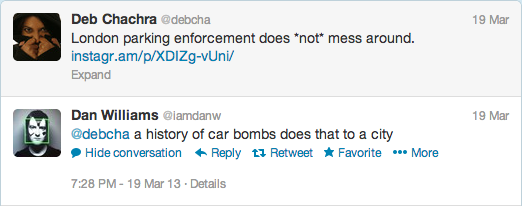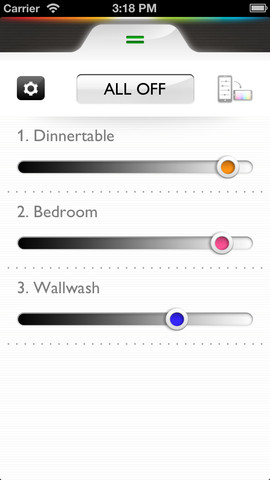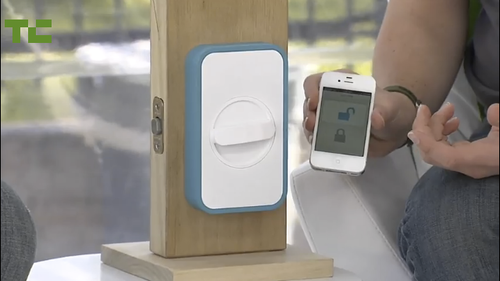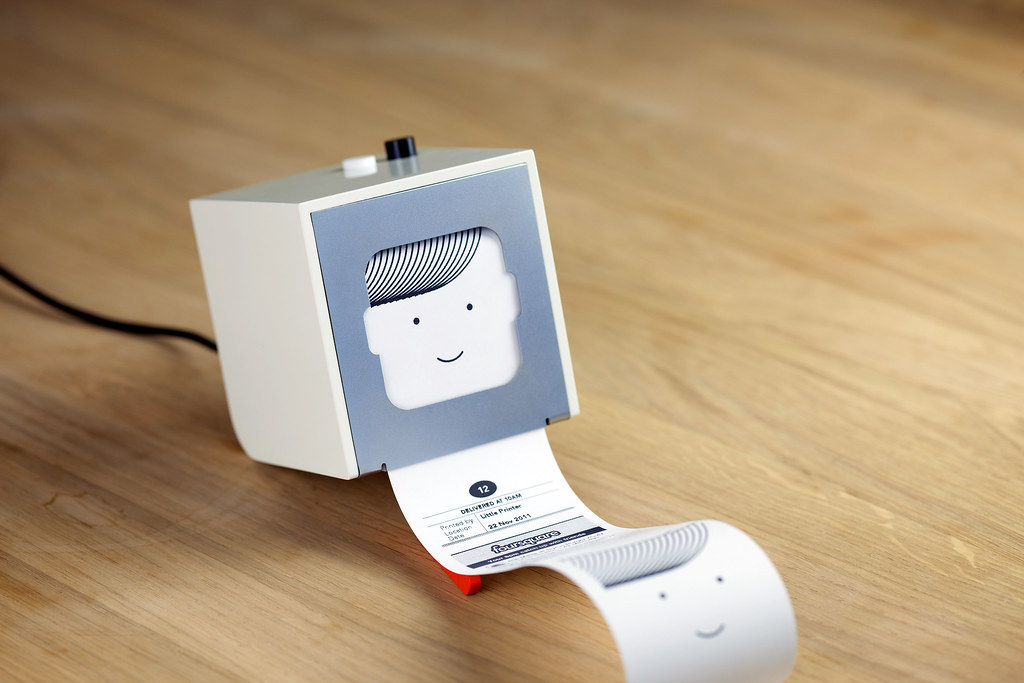This post is building on a set of ideas and discussions at WSC UK that I was lucky enough to be invited to. Sitting in my drafts folder for almost two months now, the events in Boston have made clear to me that this is a complex that we need to think about with renewed urgency.
Weaponized Cities
Strolling around in London, you cannot help but notice oddly shaped benches in places you would simply not expect them. They look pretty uncomfortable, too. Weird designs, not really inviting, cold concrete with all the signature fixtures of unpleasant design, in places that do not have that many passers-by in the first place. Odd occurrences that just seem misplaced, a mis-appropriation of funds, a fuck up. That’s what you would think, until you start looking around, and know what to look for. That building, over there, is a network exchange. This is a datacenter belonging to the London Stock Exchange. And then it hits you: those benches are not for you to sit on. They never were. They are structural barriers, defence perimeters of critical infrastructure camouflaged as civilian nicety, a National Security intervention designed to look as put in place by the city council.
Strolling around in London, you will find plenty of such occurrences. As a continental European, the pervasiveness of CCTV still feels odd, as do the occasional reminders to recent and not-so-recent violence in the city.


Dubbed the “Ring of Steel,” there’s a whole arsenal of structural defences.
It’s easy, then, to imagine the Ring of Steel projected onto current grand visions of smart cities. What do structural defences look like in this newfound age of hyper-efficient infrastructure and command & control centres tapped into ubiquitous distributed surveillance mechanisms.
Suddenly, a lonely car
The promises of self-driving cars, especially within densely populated cities, are staggering. The safety implications alone make it a viable position to enforce self-driving cars within the more populous cities. Much like air pollution is being reigned in by forcing old diesel cars outside city limits, or make congestion charges dependent on the pollution individual cars produce, cities will find methods of enforcing autopilot within city limits, one way or another.
An interesting secondary effect could be the ability of Security Command & Control centres to override the civilian infrastructure of the self-driving cars. This could be introduced in the guise of motives which are understandable, and for all intents and purposes, good. After all, why restrict all that precious connectivity and compute power on just stopping at the red light? Shouldn’t cars automatically make way for emergency vehicles? And why should making way for emergency vehicles be restricted to cars in movement, with their owners or operators present? Imagine parked cars, moving out of the way for the fire brigade, finding a new parking space, and pinging their owners about their new location.
But as always, the infrastructure introduced und the guise of these motives can serve other purposes as well. Designated no-go zones for vehicles, depending on the background of the driver; Automatic rerouting, done by the cars, or forces by the city, to avoid those areas where any individual with a higher risk score is unwanted; cars, suddenly becoming isolated in the middle of traffic by all other cars being ordered to disappear to facilitate easier access by tactical forces; ad-hoc perimeters around crime scenes that you will probably never know about because your car just happens to use a different route.
The City is the frontline
Taking a cue from Saskia Sassen’s “When the City Itself Becomes a Technology of War” we can posit that the majority of national security infrastructure investments will indeed be made within cities.
The shape those will take are unclear yet, although we can safely assume that most of the technology that is being sold in the context of “Smart Cities” is dual-use. A deeply integrated smart grid will after all not only allow to monitor electricity consumption on a per-household basis, but enable to cut electricity to individual units. Sewage monitoring systems, while helping to mitigate the adverse effects to ground water, can be utilized to monitor sewage runoff for suspicious contents in advance of drug raids.
Cities are flows of material and people. The main argument for Smart City technologies and implementations is to make the management of these flows more efficient, to be able to monitor them in real-time, and make them actionable in near-real time. How this affects cities under assumptions of weaponized cities is something we need to answer.





